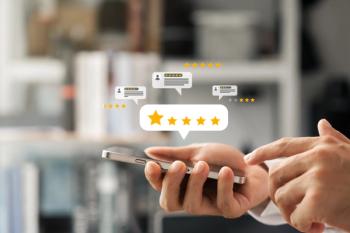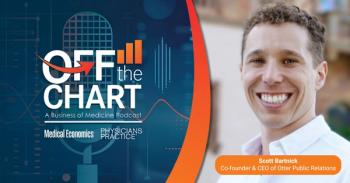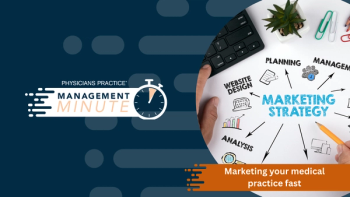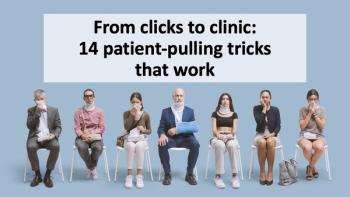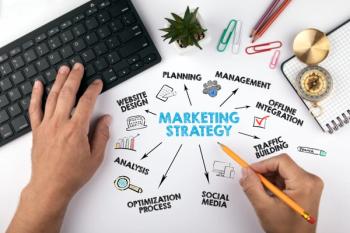
Using Social Media More Effectively at Your Practice
Here are three ways to make social media a highly effective health communication tool at your practice.
Social media has changed how we interact and communicate with each other. It is increasingly being used by physicians and hospitals to provide users with access to credible, science-based health information regarding the needs of healthcare consumers - when, where and how users want it. There are plenty of social media tools that can be used to reinforce and personalize messages, reach and target new audiences, and build a communication infrastructure based on open and transparent information exchange.
• Increase the timely dissemination and potential impact of health and safety information
• Leverage audience networks to facilitate information sharing
• Expand reach to include broader, more diverse audiences
• Personalize and reinforce health messages that can be more easily tailored or targeted to particular audiences
• Facilitate interactive communication, connection and public engagement
• Empower people to make safer and healthier decisions
Here are three key ways social media channels can be highly effective health communication tools.
Personalization – tailoring of content to individual needs
Healthcare consumers are increasingly becoming health literate and making informed decisions. The content posted on social media channels should be tailored to the needs of online health information consumers. An effective communication from physicians informs, influences, and motivates patients to make better health decisions to improve their quality of life. The information that you post on any social media site should be written in simple and informal language so that readers are able to connect with it. Postings should be scientifically accurate, unbiased, and timely.
Presentation – make content accessible in multiple formats and contexts
Content is more than text. Any post you make on social media channels should be informative as well as user-engaging at the same time. As they say, variety is the spice of life. Think outside the box and include images, infographics, e-books, newsletters, and videos to attract more readers. Understand the need of your patients and deliver content in creative formats. Give them an experience that no other competitor is offering and they will differentiate your brand among others and they will definitely want to engage it.
Participation – partners and the public who contribute content in meaningful ways
Social media is most effective when interactive. Social media tools can be successfully used in emergency response, major campaigns, and other health communication, promotion and media efforts. Hospitals, healthcare providers, and others across the healthcare value chain can use social media as an effective online communication strategy to build and implement education and wellness programs, crisis communication, employee and volunteer recruitment, peer-to-peer information sharing, clinical trial recruitment and other research. As with other industries, healthcare can harness the power of social media for public relations and online marketing.
The influence of social media is growing by each passing day and is definitely generating a profound impact on society. Set realistic goals and make strategic social media choices based on your goals, objectives, target audience, and the key messages you want to get across.
Newsletter
Optimize your practice with the Physicians Practice newsletter, offering management pearls, leadership tips, and business strategies tailored for practice administrators and physicians of any specialty.

